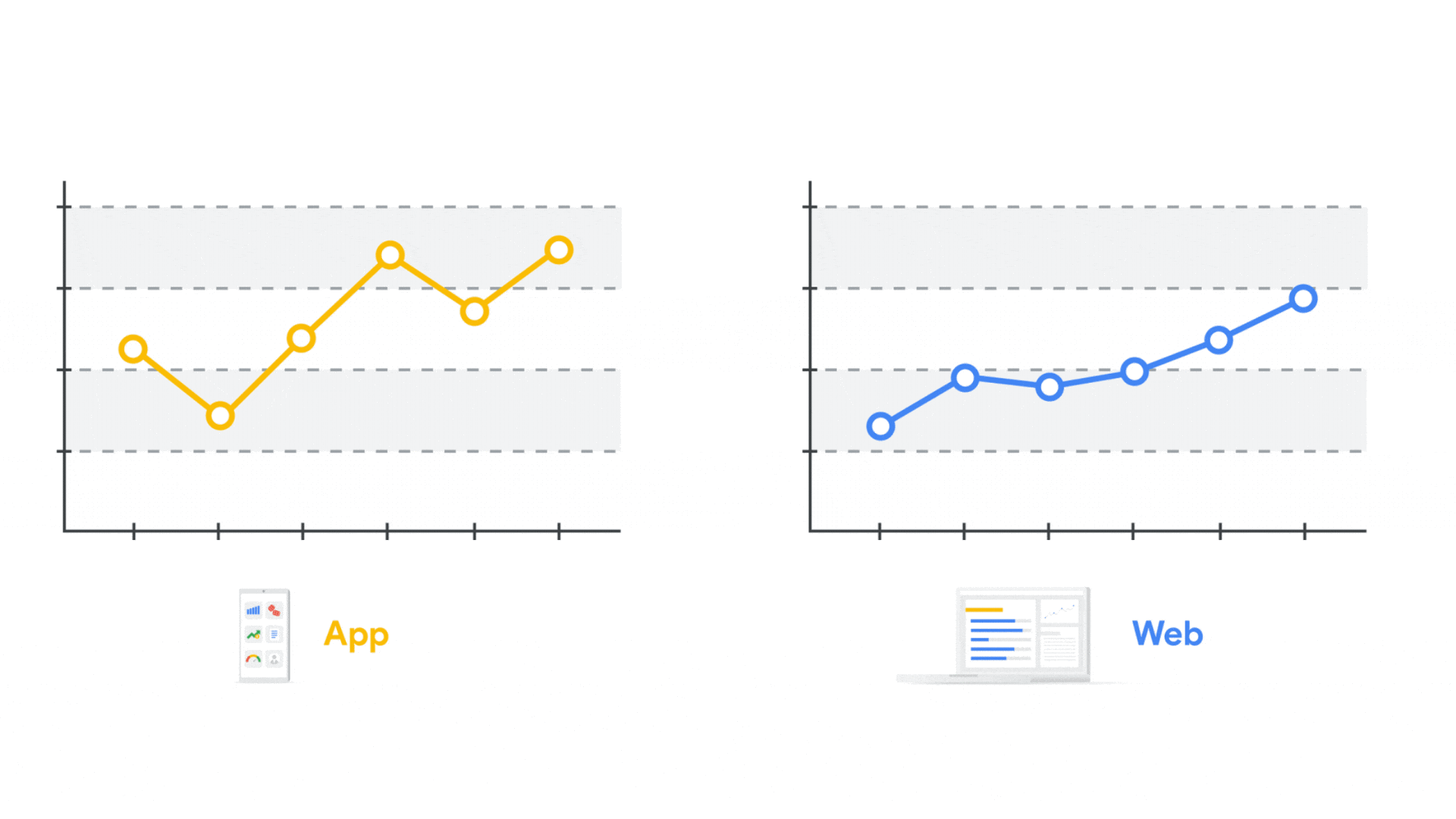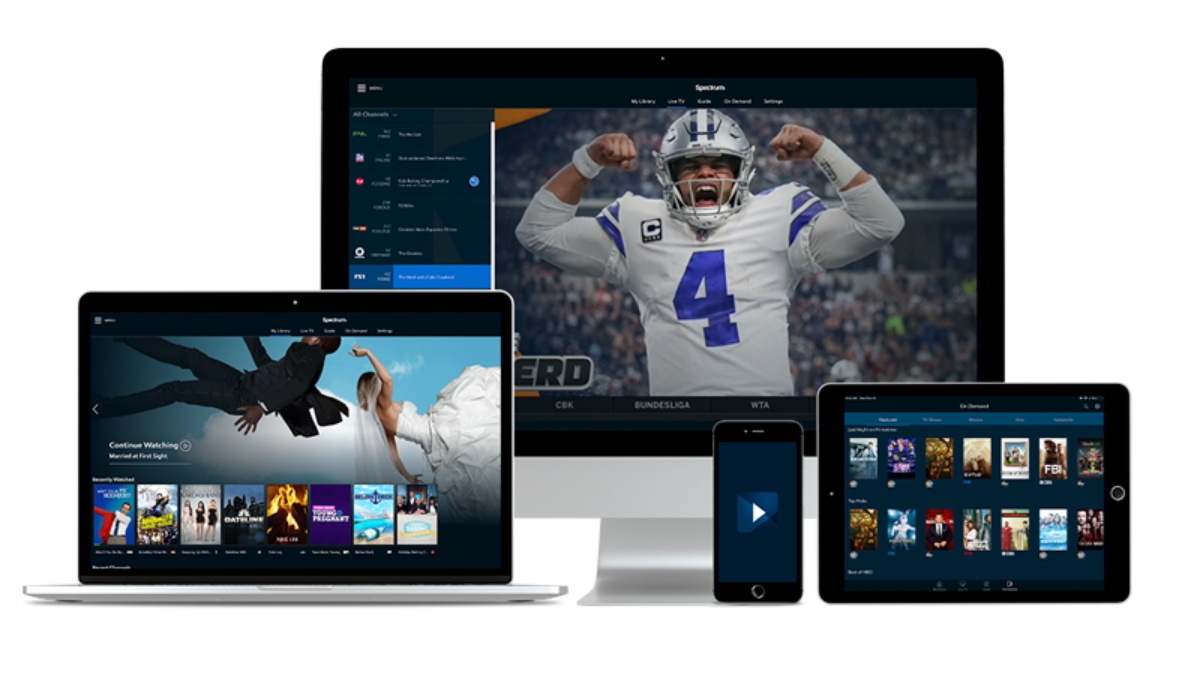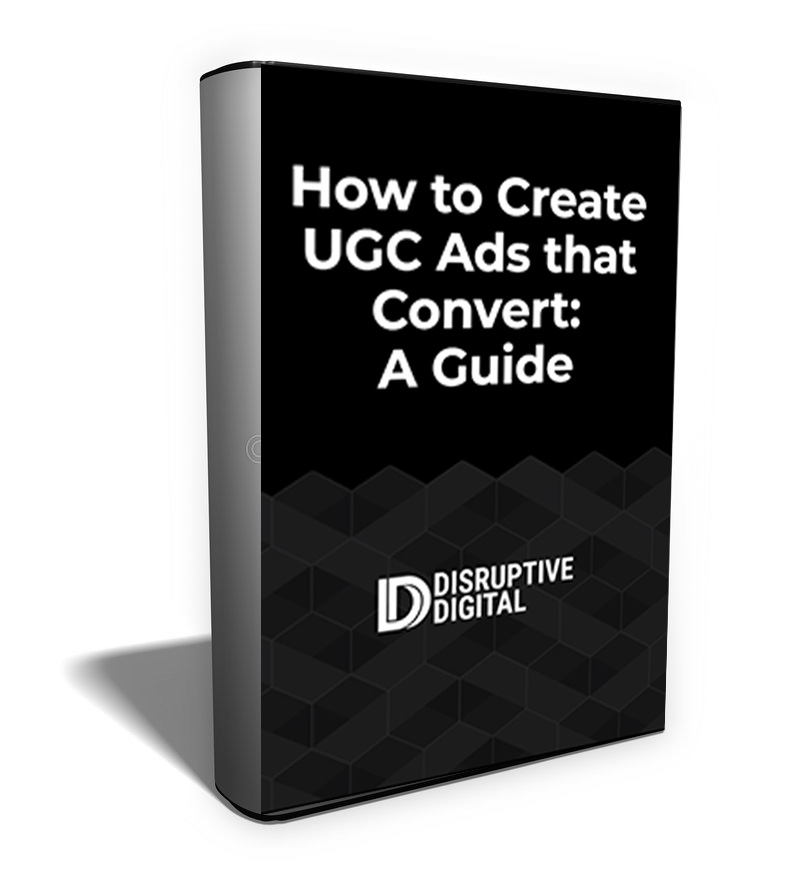Web-only advertisers can still target all device users regardless of operating system, run as many campaigns as they want and have a broader lookback window on when their conversions occurred and demographically who converted.
App-only advertisers, must now target iOS users separately and are primarily only given data based on when and how Apple dictates they should receive that.
Contrast that with cross-platform advertisers who have both web and app experiences. In a new world, where tracking doesn’t happen at the user level advertisers who have both web and app experiences are limited in the true efficacy of their advertising initiatives.
For example, let’s say you have a video streaming service and you’re trying to get people to subscribe through your website. But what if a potential subscriber leaves your website, goes to the App Store, and signs up for your service there instead of on your website?
Prior to iOS 14, it was easy for ad platforms like Meta to attribute that ad click to your website driving an in-app conversion.
However, post-iOS 14, there is no way to actually attribute that sale back to an ad.
At best, you can use tools like Google Analytics 4 or Amplitude to get partial cross-platform tracking, but this will only be able to measure users who are logged in on both web and app or users who directly clicked from your website into an app experience.

You can also lean into mobile measurement partners to help understand the consumer journey alongside an analytics tool like Google Analytics 4.
However, even with these solutions, measurement and attribution for cross-platform advertisers can be extremely difficult.
In fact, advertisers have had to go back to older methods to figure out if they’re succeeding. These methods range from simpler ones like last click attribution and post-conversion surveys, to more advanced ones like multi-touch attribution based on Customer Relationship Management (CRM), Marketing Mix Modeling (MMM), and lift based on in-platform/traffic and geography.
Unfortunately, there is no all in-one-silver bullet solution (or close to it).







